Midsummer's Night
more than a year agoWhile the origins of the name are unclear it is thought to have come from either the Russian word to ‘bathe’, the Slavic goddess of fertility Kupala, or possibly the Indo-European word kump meaning group or community.
Whatever its origins, many younger people take the opportunity to celebrate by organizing bonfires with dancing and partying into the night. One tradition sees people jumping over flames to cleanse and protect against evil and bad fortune. The most famous part of the evening however is when young women go down to the river and set wreaths with candles afloat. If the wreath is picked out by a bachelor it signifies imminent marriage. Young women, followed by young men, also head into the woods and forests (on the pretence) of searching for the kwiat paproci (fern flower) a legendary flower which supposedly only blooms on this one night in the year. Anyone who finds it will enjoy good fortune, power, wisdom and wealth. If the young man comes out of the forest wearing the young lady’s wreath this is a sign that the two are joined in love.
Noc Kupały is often mixed up with or celebrated jointly with St. John’s Day Eve (Noc Świętojańska) which is celebrated on the evening before the Christian St. John’s Day (June 23/24). It is thought that this holy day originates from the time that the Christians tried to assimilate some pagan celebrations into the Christian calendar. It is believed that as St. John made baptism with water so on this evening water would be consecrated to protect against evil and St. John became the celebration’s patron.
A mixing of the pagan traditions of Noc Kupały and the religious traditions of Noc Świętojańska seem to have occurred with church attendance and wreath making on the same day not uncommon. Nowadays, in many Polish cities, huge events are organised on St. John’s Eve (June 23) where these traditions meet and include Wianki in Kraków or Cuda Wianki in Gdynia.


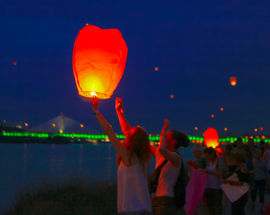

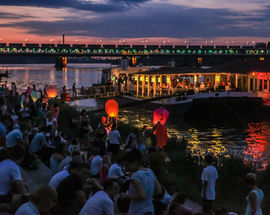


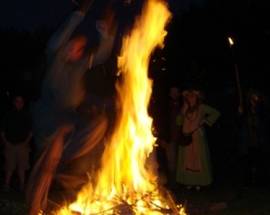
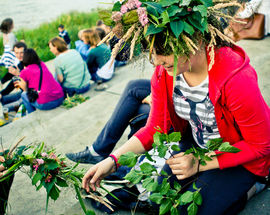
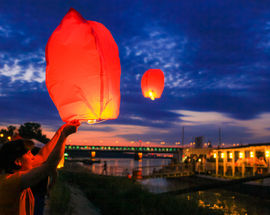


Comments